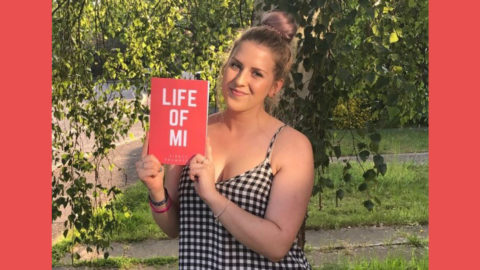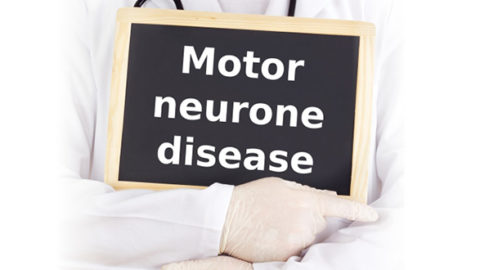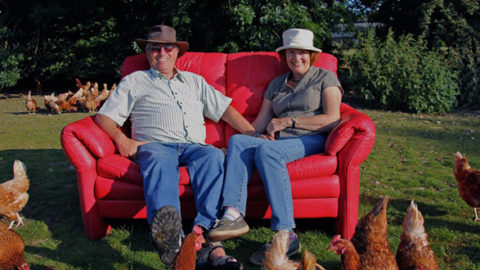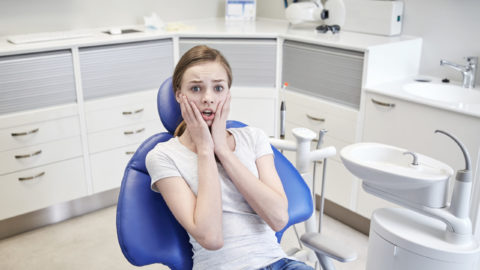Time to Get Back to Basics
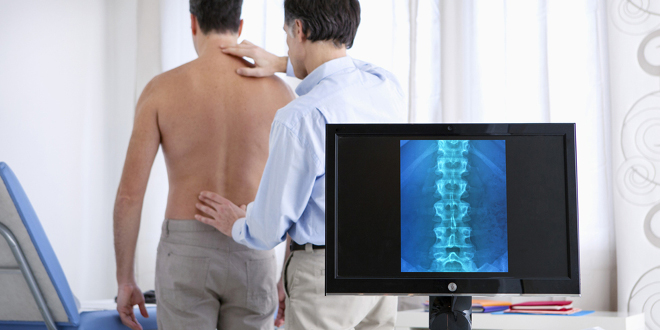
Back pain sends millions of patients to GPs each year, more than any condition other than the common cold. According to the Office for National Statistics in 2013 more than 31 million work days were lost due to back, neck and muscle aches.
So who is susceptible to back pain, what can we do to prevent it and what are the treatment choices for sufferers?
With more than a third of the adult population affected each year, there aren’t any ‘typical’ sufferers. Although, stress, economic pressure, and lack of exercise can all contribute, most commonly back pain is due to poor postural habits or lifting objects incorrectly, and is generally not caused by a serious underlying condition.
When to see your GP
Of course, there are more serious causes of pain and if your symptoms are persistent (lasting several weeks) or you experience any of the following then a visit to your GP is recommended:
- Pins and needles, any numbness or weakness in your legs
- Pain which intensifies over a number of weeks
- Loss of bladder or bowel control
- Difficulty in walking
- Unexplained weight-loss
Treatment
While many instances of back pain can be self-managed with over-the-counter painkillers and perhaps hot or cold compresses, it is also important to try to keep as active as possible -inactivity may exacerbate the issue.
For more persistent or acute pain due to a sport or work injury, your GP may refer you for treatment with a manual therapist such as an osteopath, chiropractor or physiotherapist.
Most back pain will dissipate or disappear within a few weeks of treatment, and only around 1%
of all back pain or injuries ever require surgery, but your GP will be able to refer you should
they feel this is necessary.
Prevention
Prevention is always better than cure, and as we have already seen most back, pain can be prevented with good posture, activities that can reduce stress or adequate manual handling training. Regular exercise, such as swimming or walking will also help as will any movement that encourages the stretching and resulting strengthening of your muscles such as pilates
or yoga.
By Nikki Relffe-Arnold

